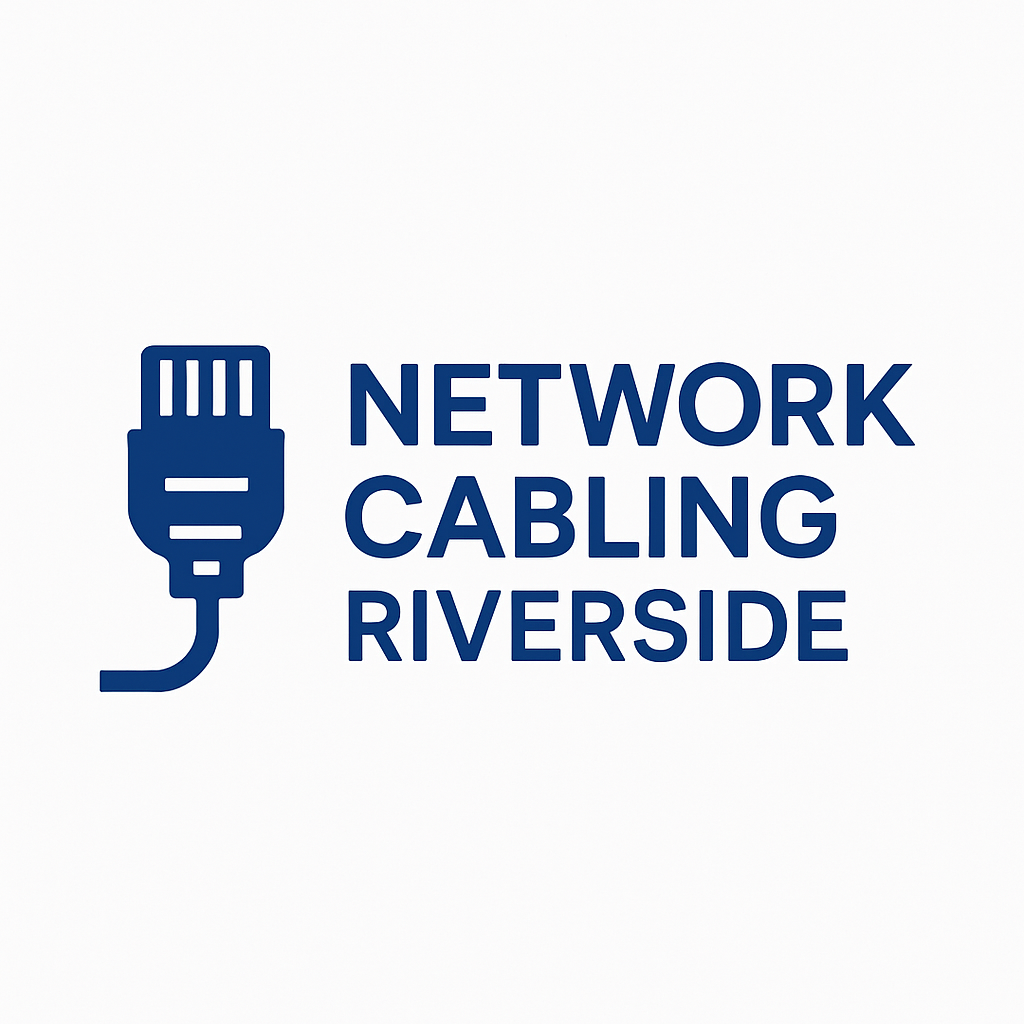Understanding Low Voltage Wiring Code in Riverside, CA
Low voltage wiring is a specialized area of electrical work that involves systems operating at lower voltages than standard residential or commercial power systems. These systems typically include communications, security, fire alarms, data networks, audio-video installations, and other low-voltage applications. In Riverside, California, understanding the local codes and regulations is essential for safety, compliance, and efficient system performance.
What is Low Voltage Wiring?
Low voltage wiring generally refers to electrical systems that operate at 50 volts or less. Unlike high-voltage wiring, which powers lights and appliances, low voltage systems transmit information, signals, or specialized power. Common low voltage systems include:
- Telephone and data networks
- Internet and fiber optic systems
- Security and surveillance systems
- Audio and video systems
- Fire alarm and safety signaling systems
These systems require careful installation practices to prevent interference, damage, and potential safety hazards.
Why Low Voltage Wiring Codes Matter in Riverside, CA
California has strict regulations to ensure that electrical work meets safety and performance standards. Riverside adheres to the California Electrical Code (CEC), which includes specific guidelines for low voltage systems. Compliance with these codes ensures:
- Safety: Protects people from electrical hazards, fire, or equipment damage.
- Functionality: Guarantees proper signal transmission and minimizes interference.
- Legal Compliance: Helps homeowners and businesses meet building permit and inspection requirements.
Low voltage wiring is subject to both state and local codes. In Riverside, these requirements may affect placement, conduit use, cable types, and grounding.
Key Low Voltage Wiring Code Requirements in Riverside
1. Conduit and Cable Installation
Low voltage cabling often must be installed in approved pathways to prevent physical damage and interference. Typical requirements include:
- Using dedicated conduits for certain systems to avoid signal interference
- Maintaining separation from high-voltage wiring where required
- Protecting cables in areas where they may be exposed to moisture or physical impact
2. Cable Types and Ratings
The California Electrical Code specifies acceptable types of low voltage cables, such as:
- Plenum-rated cables: Required for air-handling spaces to prevent fire hazards
- Riser-rated cables: Suitable for vertical runs between floors
- Outdoor-rated cables: Designed to resist UV exposure and moisture
Choosing the correct cable type ensures compliance and safety.
3. Grounding and Bonding
Grounding low voltage systems is critical to prevent electrical shock, equipment damage, and signal interference. Riverside codes may require:
- Proper bonding of all metal enclosures
- Use of grounding conductors in accordance with code specifications
- Connection to the building’s main grounding system when needed
4. Separation from High Voltage Systems
Low voltage cables must often maintain a minimum distance from high voltage lines to reduce interference. Typical practices include:
- Running data and communication cables in separate conduits
- Avoiding parallel runs with high-voltage lines for extended distances
- Using shielded cables in areas with high electrical noise
5. Fire Safety Compliance
Certain low voltage installations, especially in commercial buildings, must follow fire safety codes:
- Installing fire-rated cable in walls and ceilings as required
- Avoiding penetration of fire-rated assemblies without proper protection
- Ensuring alarm and emergency signaling systems remain operational during fire events
Best Practices for Low Voltage Wiring in Riverside
Even when following code requirements, proper installation techniques improve system longevity and performance:
- Plan cable routes to minimize bends and stress points
- Label and document all connections for easy maintenance
- Test all systems before final approval or occupancy
- Use high-quality components to reduce failure risk
Common Mistakes to Avoid
- Mixing low voltage and high voltage wires in the same conduit
- Ignoring local code amendments specific to Riverside
- Using unapproved cable types for plenum, riser, or outdoor applications
- Failing to properly ground or bond low voltage systems
Conclusion
Understanding low voltage wiring codes in Riverside, CA is essential for safety, performance, and compliance. By following the California Electrical Code and local regulations, homeowners, contractors, and businesses can ensure their low voltage systems are installed correctly and operate reliably. Proper planning, installation, and adherence to code not only protect people and property but also improve the lifespan and efficiency of low voltage systems.
